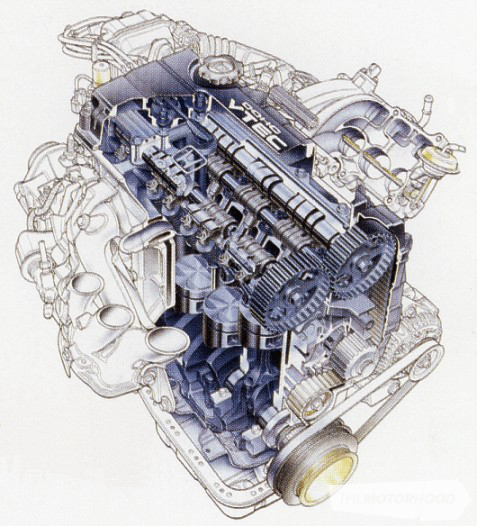
Scrapyard Gains is set to become a regular feature focused on budget performance, and aimed at readers looking to gain a few kilowatts without breaking the bank. The idea is to cater for all those people who can’t afford big-budget builds or a high-spec model, but still want to fettle their car to handle better, brake better, and produce more torque and power.
There is plenty of cheap power available for most entry-level models, you just need to know what parts are interchangeable with the higher-spec version of the same vehicle, or can be purchased on the cheap through the likes of online forums and Trade Me. We will take a different car each month and tell you what parts and components to purchase, and where to best find them.
This feature covers what is arguably one of the most popular budget-build street and race cars in the country — the infamous Honda Integra DC2 SiR. The model is a proven performer with only minor upgrades needed to make it a competitive chassis. Stock, the DC2 SiR has 1.8-litre B18C VTEC engine which delivers good power, combined with a chassis that only weighs 1100kg, so factory performance is impressive.
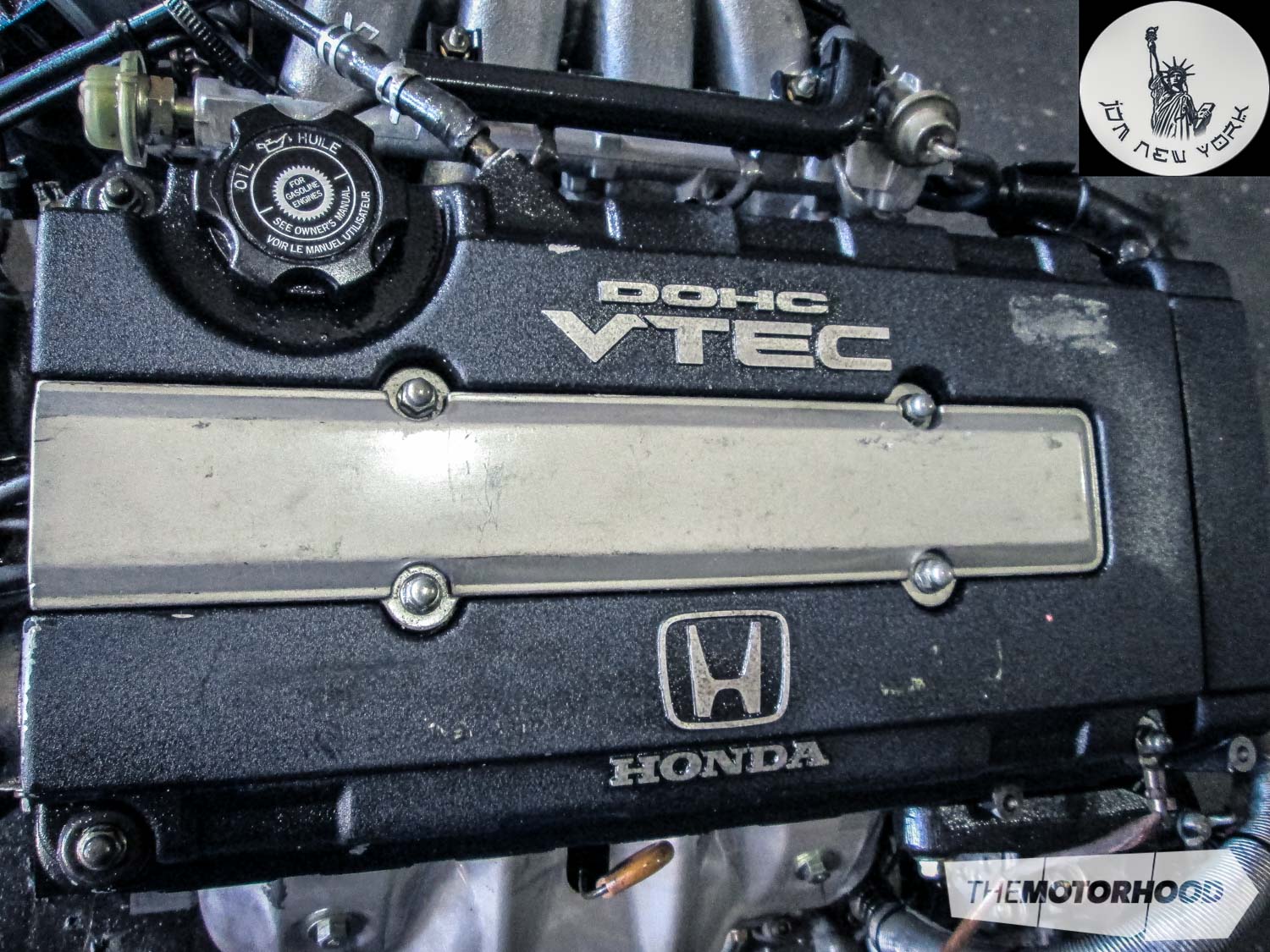
Engine-B18C
The motor produces around 114kW at the wheels from factory, so Honda left plenty of room for improvement. Making it breath better is the key to releasing cheap power, and first we will start off on the cold side, with the intake.
A factory replacement high-flow panel filter can yield good results, although stacks of research has proven that nothing can beat a three-inch short ram intake with a good-quality velocity stack filter. Changes to intake pipe length will slightly shift the power band, and overall torque and power will differ slightly as a result. Ensure you have a direct cold-air feed into a cold air box for best results, along with a Type R 62mm throttle body. Type R DC2 or EK9 camshafts are a drop-in fit (and can be sourced for around $300), to provide a much larger lift and extended duration. Ensure Type R valve springs are also used for peace of mind.
The next thing to hunt for from the Type R parts bin is a set of headers. The ’98-spec DC2 headers have been seen to produce as much as six kilowatts extra at the wheels over the factory ones, and deliver peak torque at lower rpm. As a bonus they’re stainless, so they look pretty, too. If you have a slightly larger budget, take a look at the likes of PLM tri-Y headers for even more gains.
To complete the breathing package, a larger-diameter exhaust system is a must to make the most of the camshaft upgrade. Once again, the Type R Integra exhaust system flows well, retaining a low dB level.
Finally, all these modifications would be nothing without sorting out the air/fuel ratios. Find yourself a Gizzmo CamFC or an A’PEXi VAFC, either will smooth out the air/fuel ratio and will yield great results for what you pay, although neither will be as good as a re-flashed Crome or Haltech ECU. However, these simple upgrades will net you in the region of 120 to 135kW at the wheels, and a big increase in torque and drivability.
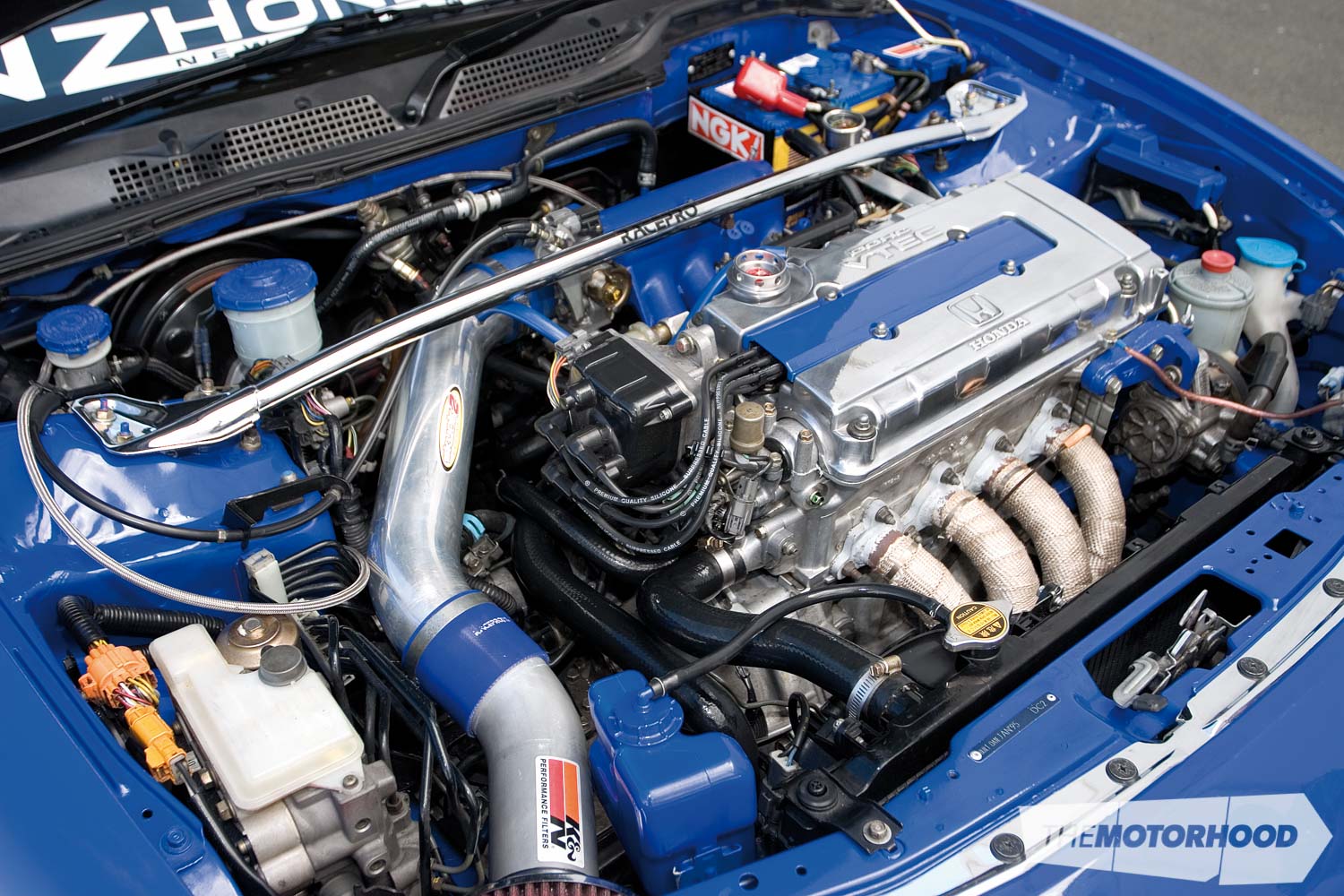
Driveline and suspension/handling
Weighing in at 1100kg, the DC2 is a lightweight which can stop on a dime, and will out-handle cars well above its class. Suspension modifications are plentiful for DC2s, so we will start on shock absorbers.
If you aren’t worried about scraping catseyes off the road, factory DC2 Type R shocks and springs have an increased damper, lower ride height and a firmer spring rate. If stance is your thing and you have money for a cert, check out the tech feature in NZPC Issue No. 201 on buying second-hand coilovers. Full adjustable coilovers can be found quite cheaply nowadays, and ‘coilover sleeves’ can be found even cheaper. Essentially an adjustable spring which sits over the factory strut, they allow around 100mm of ride-height adjustment.
To kill body roll, Type R DC2 sway bars bolt straight in. A rear bar measuring in at 23mm over the factory-optioned 14mm will be all you need to provide a major reduction in body roll — make sure to get some brand-new sway bar ‘D’ bushes while you’re down there. If the factory strut brace doesn’t quite look up to par, an aftermarket item can be sourced second-hand or new for under $100.
The factory brake set-up benefits hugely from a set of high-temp pads, high-temp brake fluid and a good set of discs. Most automotive wholesalers and retailers stock these items, or can order them in if need be.
Weight reduction is the cheapest of upgrades. Depending on how wild you want to go, stripping the carpet, removing the a/c and sound deadening will all help with weight, but keep in mind that ride quality will be compromised, and road noise can become an issue.
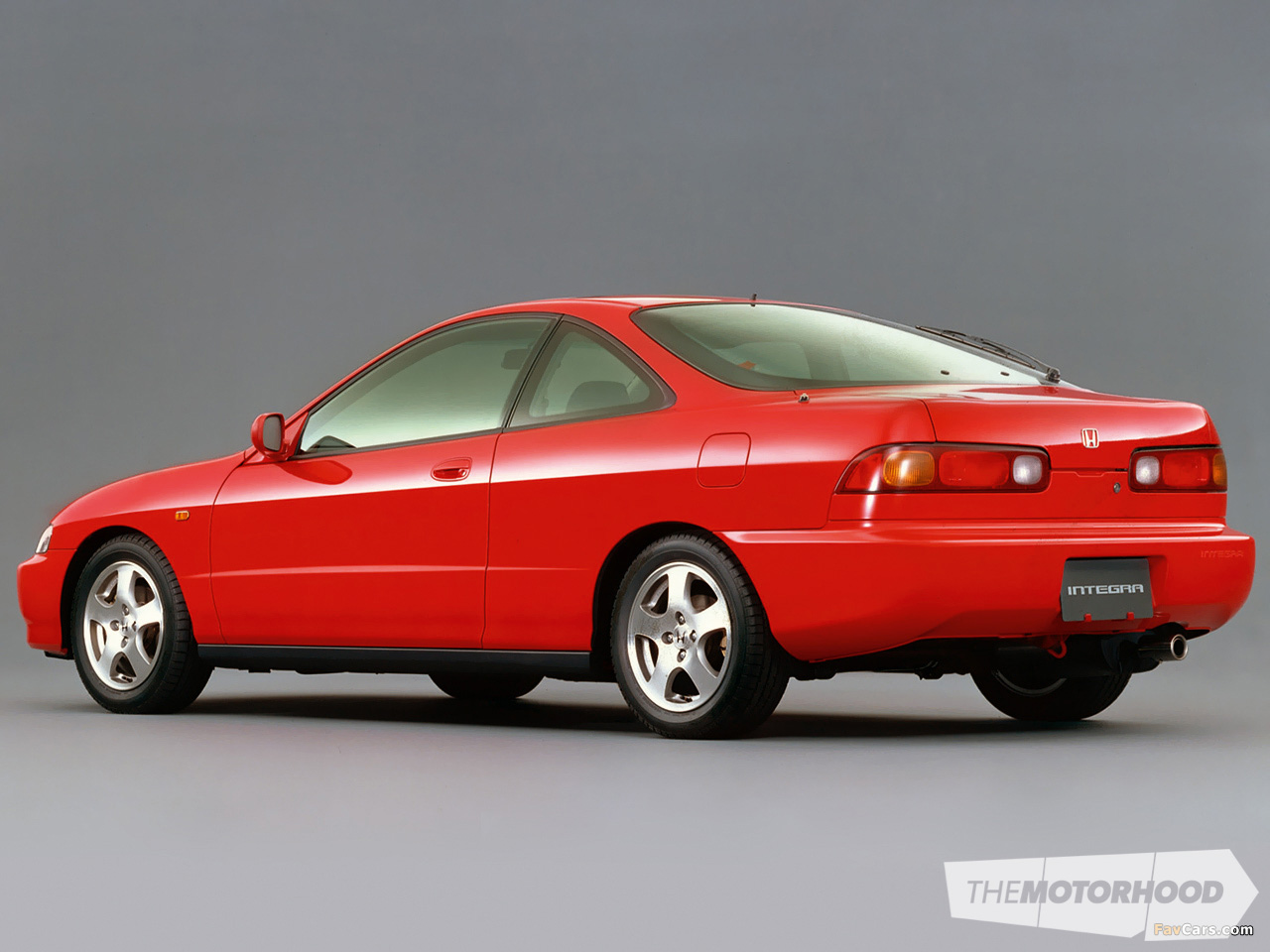
Exterior and interior aesthetics
Now you’ve increased performance, wouldn’t it be good to have a nicer cockpit? The aforementioned Type R Integra has you covered here, too. The DC2 Type R offers SR3 Recaro seats in both black and red. The DC5 Type R, however, has the improved SR5 Recaro seats which come in blue, black and red, and will bolt on using DC2 Type R rails. The carbon gauge cluster and weighted shift knob can also be used from the DC2 Type R.
The DC2’s skin looks quite good from factory, and there aren’t many exterior things to be taken from any higher-spec models apart from bumpers, a rear Type R wing and black-housing headlights, oh, and the red Type R ‘H’ badges, of course.
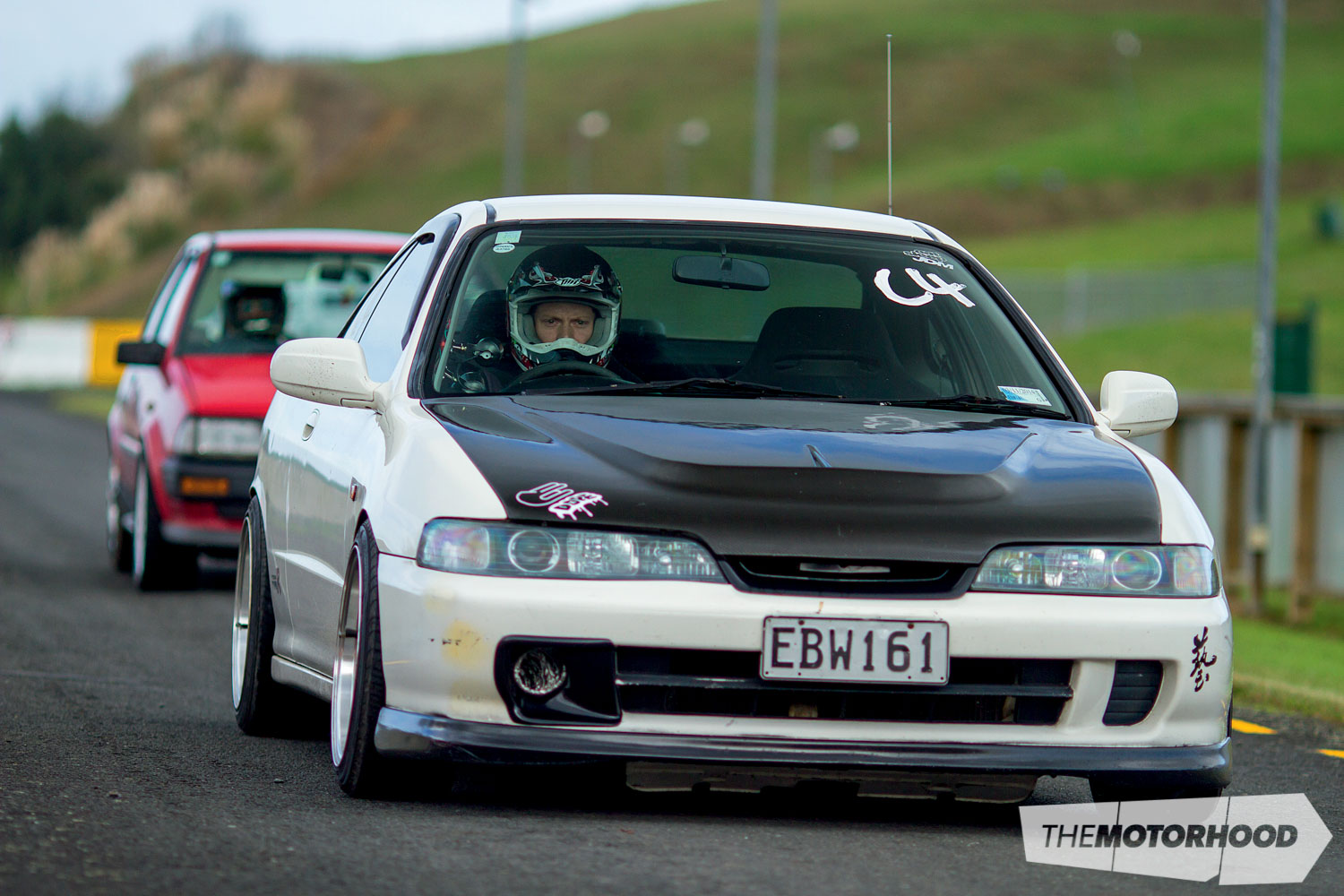
Results
All these modifications are readily available and can be obtained as the budget allows, and once you’re done, you will have a Honda that will out perform a Type R Integra, and which you can take to the track to have affordable fun in.
A final thing to note, none of the above modifications are worth doing before general maintenance. If your DC2 isn’t healthy to begin with, take care of this first — the results will be far more rewarding.
Next issue we will cover something with a bit more power, torque and grip — the Subaru WRX GC8, non-STI. Let’s see what go-fast bits the Subaru scrapyard has to offer for this very-affordable turbo platform.




